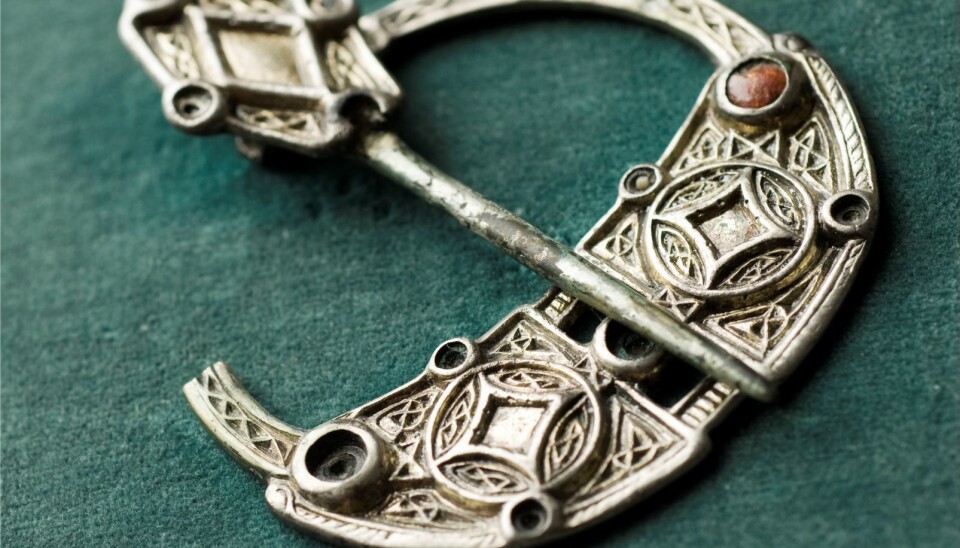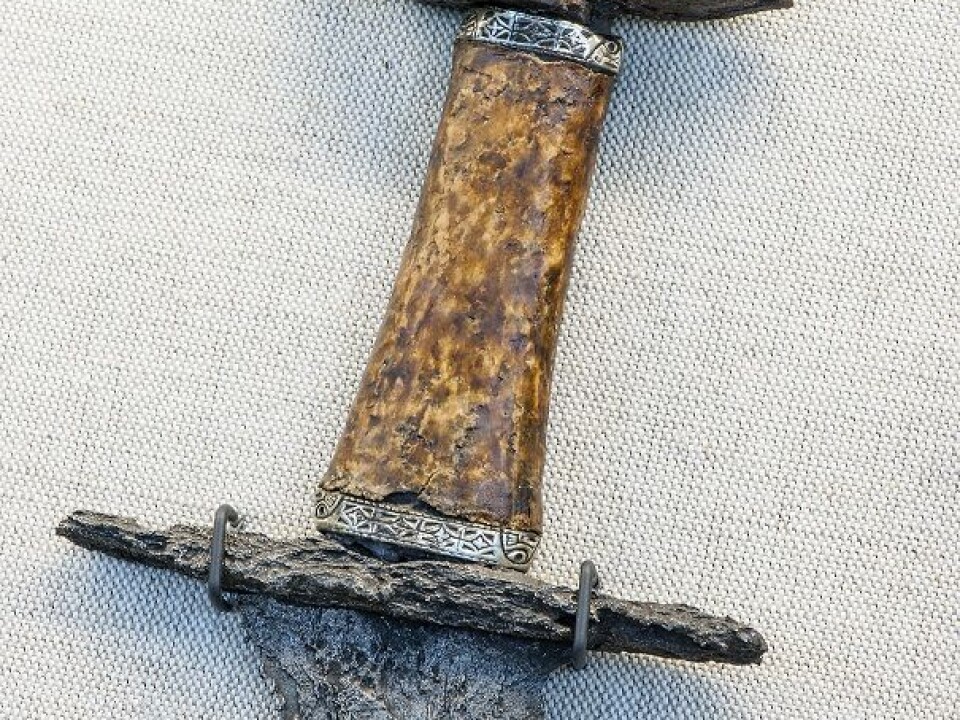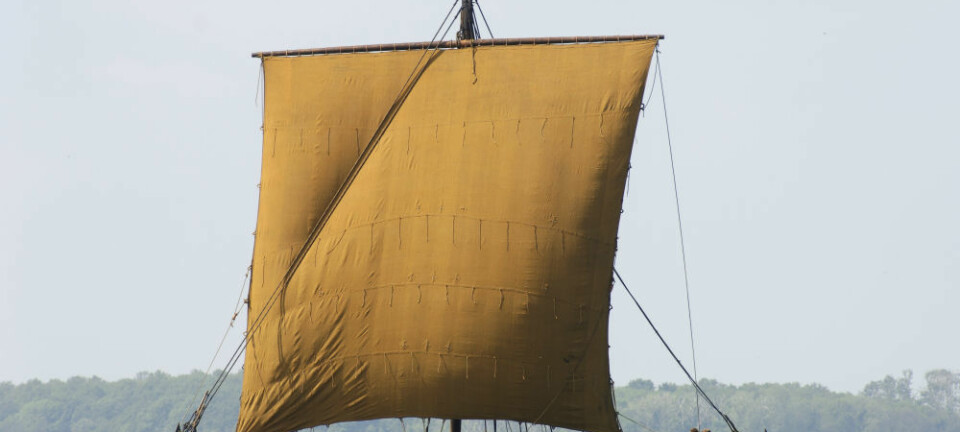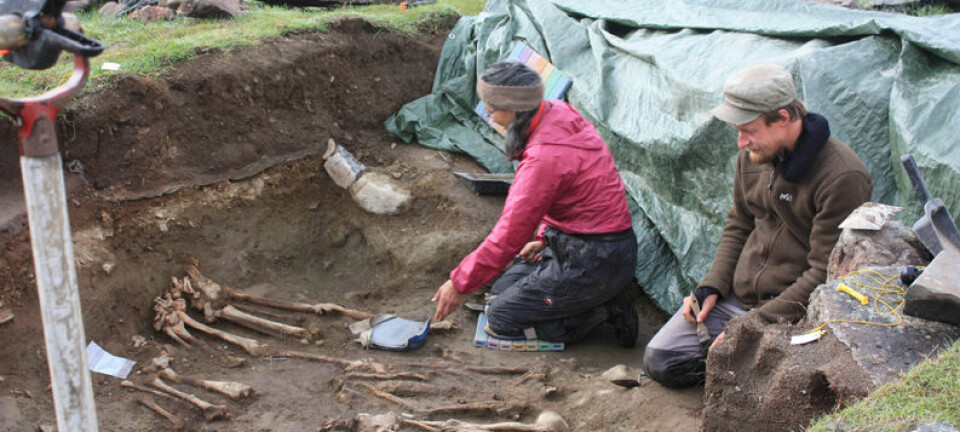An article from Norwegian SciTech News at NTNU

Mid-Norway Vikings among the first to sail to British Isles
Archaeological findings show that Vikings from mid- and western Norway were among the first to make the trip to the British Isles.
Denne artikkelen er over ti år gammel og kan inneholde utdatert informasjon.
Vikings living in Trøndelag, a region in the middle part of Norway, were among the first in Scandinavia to travel west. A new analysis of burial sites in Trøndelag from the year 800 and later undertaken by researchers at the NTNU University Museum is giving us a clearer image of who decided to stay in Norway, and who left to travel to the British Isles.
The burials sites examined contained a lot more foreign artefacts than previously believed, many of which coincide the first known Viking raids in Lindisfarne, England in 793.
Imported items in graves
Several powerful women from different areas in Trøndelag, including Melhus, Overhalla, Skei, Steinkjer, Gjeite, Levanger, Grande and Ørlandet were buried with valuable imported items such as brooches, drinking horns and reliquaries.
“These graves are some of the earliest proof that we have of contact between Norway and the British Isles,” Aina Margrethe Heen Pettersen explains. She presented her master’s thesis at the NTNU University Museum this spring on the topic.

In a new article published by the journal Internet Archaeology, Heen Pettersen writes about how foreign objects found in burial sites show that Vikings from Trøndelag were among the first to make the journey to the British Isles.
Farming areas important
Archaeological finds show that contact across the North Sea continued throughout the 800s. Most of the finds from this century were in farming areas around the inner areas of the Trondheim fjord, and in other areas such as Oppdal, Ørlandet and Overhalla.
The region is “rich in agricultural land and in a sheltered location, with excellent communications by both water and land. The fjord itself would have made the coastline easily accessible for communities based in the inner parts of Trøndelag, while several large valleys connect the fjord with central Sweden,” Heen Pettersen says.
Stjørdal is an area with a clear concentration of finds from this period, meaning that this area likely played a central role in arming and preparing the inhabitants of the area for long distance travels. Many artefacts of similar origins have been found in neighbouring farms, suggesting that neighbours would prepare for long distance trips together.
Alliances and trade
“Artefacts from the British Isles were used as status symbols in Norse society in Trøndelag, signalling wealth and connections across the North Sea,” Heen Pettersen explains. “Contact with the Anglo-Saxons means more than just violent pillaging. Drinking horns and swords are considered to be gifts in support of alliances. And scales that have been found suggest that there was trading between the Vikings and the people of the British Isles at the time.”
In the 10th century, a number of changes begin to occur in contact with the west.
This is especially clear in the Stjørdal area, as the strong connection with the British Isles seems to disappear around the turn of the century. The western contact after year 900 seems to be centred around the inner Trondheim fjord area, likely due to the establishment of a market town in Steinkjer in the early 10th century.



































